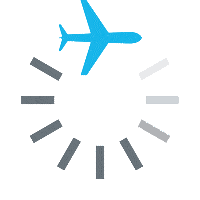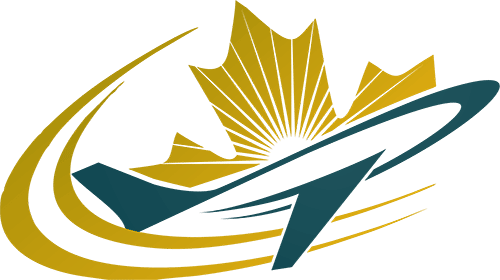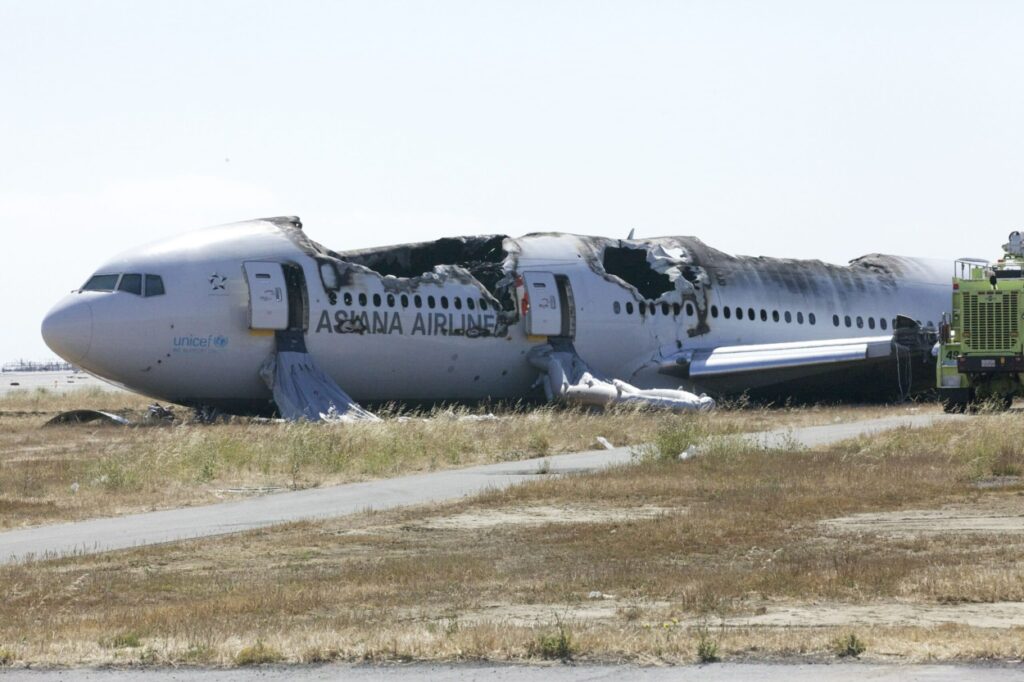Pilot Errors
A pilot error is an action or decision of the pilot that, if not caught and corrected, could contribute to the occurrence of an accident or incident. Inaction or indecision are also included in the definition. Pilot error does not always imply fault; this particular topic will be further discussed in this section.
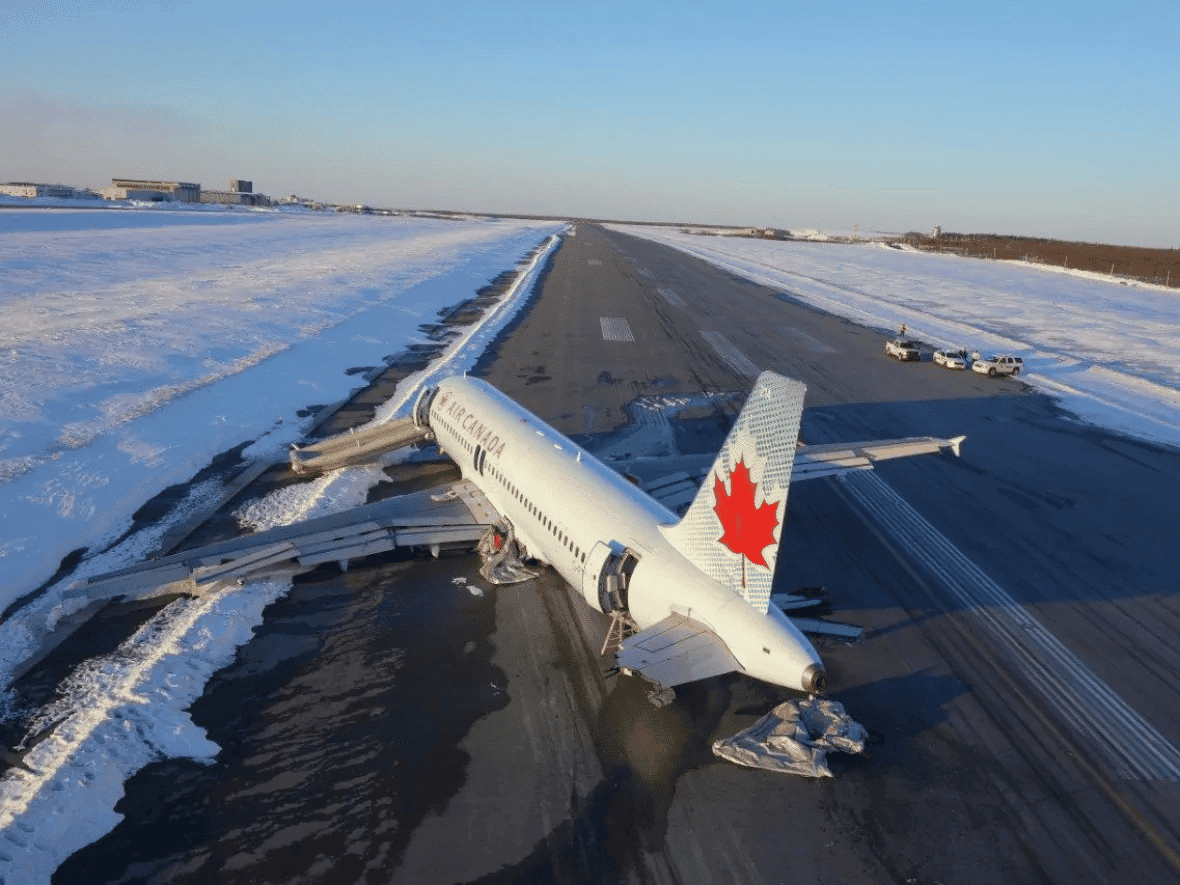
An example: A pilot landed on an icy runway at night which lead to a crash. The cause is pilot error but this would only be 100% true is the pilot was aware of the conditions beforehand. If the pilot was given incorrect reports then this would be the error in the chain of events that could have been the underlying cause of the accident.
In 1990, Prof. James T. Reason developed a model to analyze human error. In his model, 5 layers depict one part of the total aviation system. Each layer has holes in it that if lined up could potentially lead to an accident. This model forms the basis for Threat and Error Management and is commonly known as the swiss cheese model.
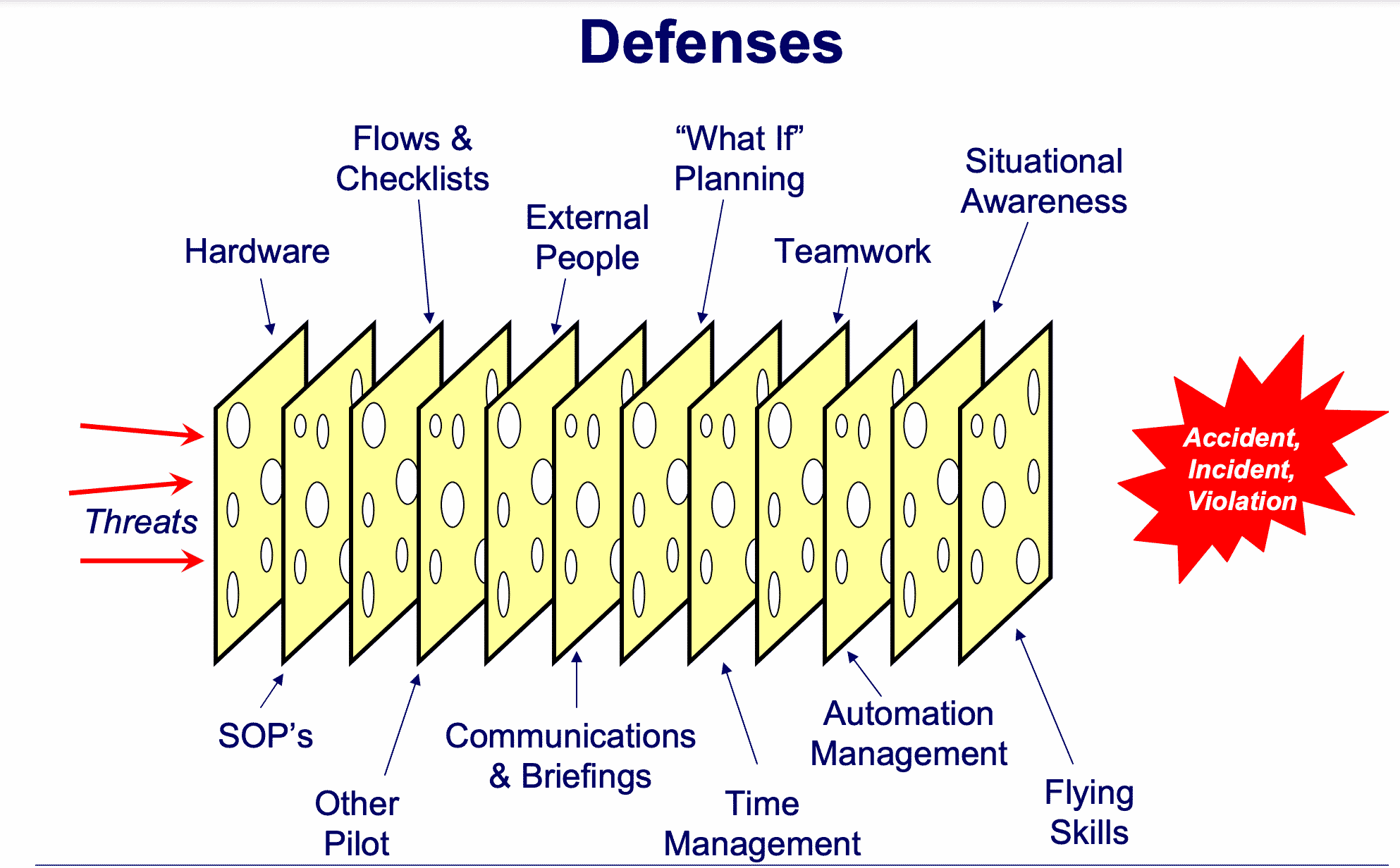
Decision Errors
Decision errors are conscious, goal-intended behaviour that proceeds as designed; yet, the plan proves inadequate or inappropriate for the situation. Commonly referred to as honest mistakes, these unsafe acts typically manifest as poorly executes procedures, improper choices or simply the misinterpretation or misuse of relevant information.
Operational Decision errors are discretionary decisions not covered by procedures, that unnecessarily increase the risk level. Examples include navigation into adverse weather, inappropriate reliance on automation.
Intentional Non-Compliance Errors are conscious violations of SOPs or regulations. Examples would be omitting required briefings, performing checks from memory, not following proper airworthiness procedures and flying outside of weight and balance limits.
Skill Based Errors
These occur with little or no conscious thought like basic rudder skills and scanning techniques. As a result, these errors are often susceptible to attention or memory lapses. As a result, skill-based errors such as the breakdown of an instrument scan or flipping the wrong switch often happen.
Procedural Errors: Procedures are followed but executed incorrectly. This can include slips, lapses or mistakes in the execution of procedure of regulation. The intention is there but execution is incorrect.
Proficiency Errors: Lack of knowledge or poor aircraft handling.
Perception Errors
These occur when sensory input is degraded or as often understood as unusual. Faced with acting on imperfect or less information, pilots run the risk of misjudging distances, altitude, and decent rates as well as responding to many sensory illusions.
Communication Errors occur when information is incorrectly transmitted or interpreted within the crew or between the crew and external sources such as ATC or company.
Error Detection
We as crews need to know when we are more susceptible to making errors. This may happen when in:
- High workload phases of flight (approach/landing)
- Rushing, behind schedule, fatigued
- In-experienced First Officer
- In-accurate mental model – or misinterpretation by the brain…
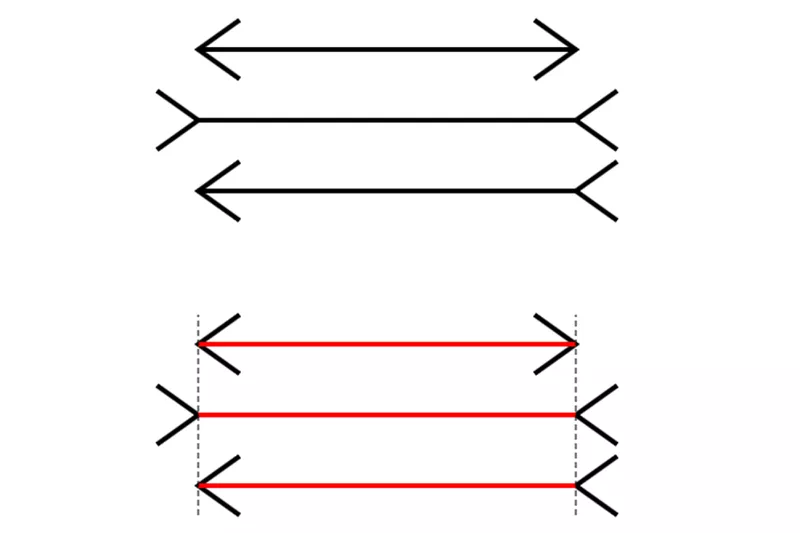
Pilot Error Responses
Trap
the error is detected and managed before it becomes consequential
Exacerbate
the error is detected but the crew’s action or inaction leads to a negative outcome
Fail to Respond
the crew fails to react to the error either because it is undetected or ignored
Pilot Error Outcomes
Two outcomes can occur: one inconsequential and one with an additional error. An inconsequential pilot error is when the error had no effect on the safe completion of the flight, or was made irrelevant by successful crew error management. An additional pilot error or other error can occur when the response to the original error caused an additional error that again initiates the cycle of response.
About
This material is extensively discussed in our Commercial Pilot Ground School course. Skills and knowledge which relate to crew resource management often lack in ground schools because the flight instructors lack any relevant CRM experience. Good thing our ground schools are taught by experienced airline pilots and flight instructors who know what you need to know to be successful.
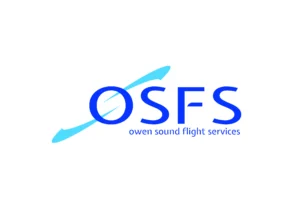
Owen Sound Flight Services
Owen Sound Flight Services Owen Sound Flight Services is a Transport Canada registered Flight Training Unit, as well as an accredited Ontario Career College. They...

Air Canada Pilot Salary
2024 Air Canada Pilot Strike Update We have had numerous requests for interviews ahead of the looming Air Canada pilot strike. Please be patient as...

How to Brief Your Passengers
When flying with a Canadian airline, it is reasonable and logical to receive a passenger briefing from the flight attendants. As a pilot of a...
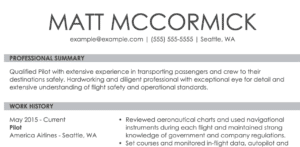
Aviation Resume Writing
Freshly minted commercial pilots in Canada often wonder what the next steps are. After all, they are now eligible to start earning money as a...
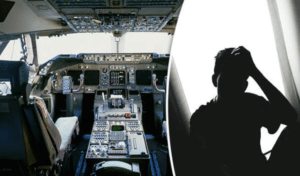
Depression and Medications for Pilots
We get a lot of questions about depression, mental health issues, anxiety, SSRIs, and antidepressant medications from potential students who want to pursue aviation as...
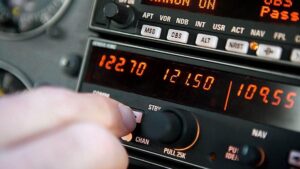
ROC – A: Restricted Operator Certificate with Aeronautical Qualification
There are a lot of misconceptions out there about the ROC A and the legalities surrounding radio usage in Canada. This article will explore and...
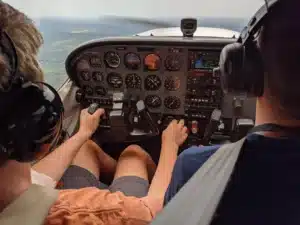
ADHD in Aviation
Attention Deficit Hyperactivity Disorder (ADHD) is a topic of concern when it comes to obtaining a pilot license. It’s crucial to understand these requirements to...
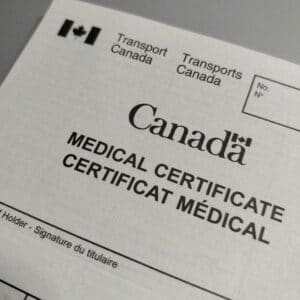
Transport Canada Aviation Medical
Transport Canada Aviation Medical When first starting out in aviation, students are very overwhelmed with the amount of information they are required to absorb, a...
